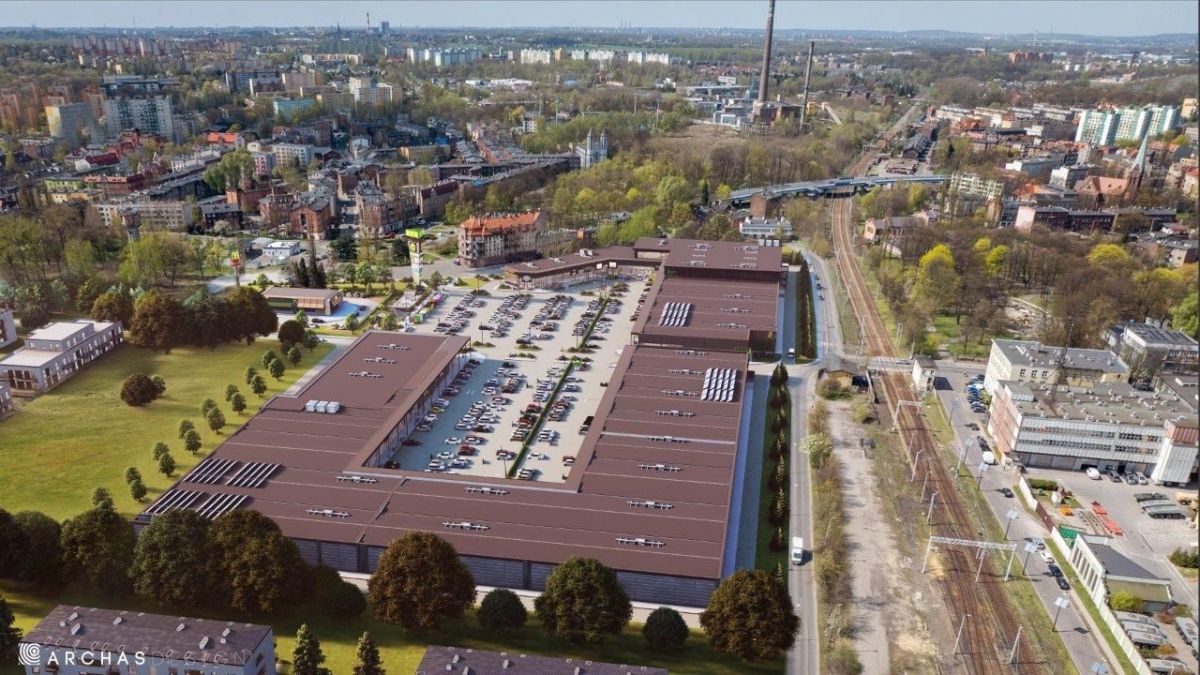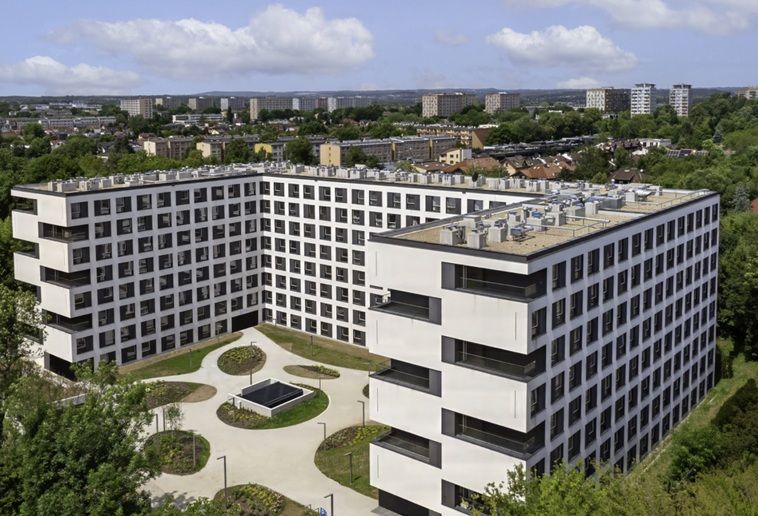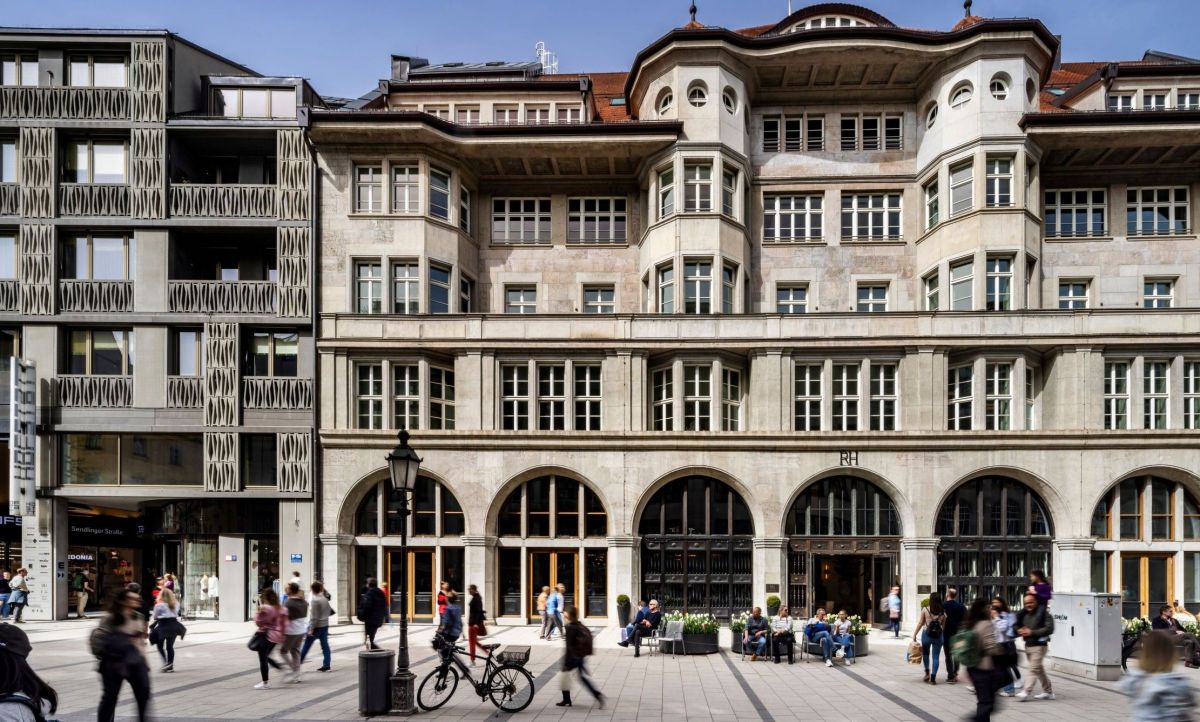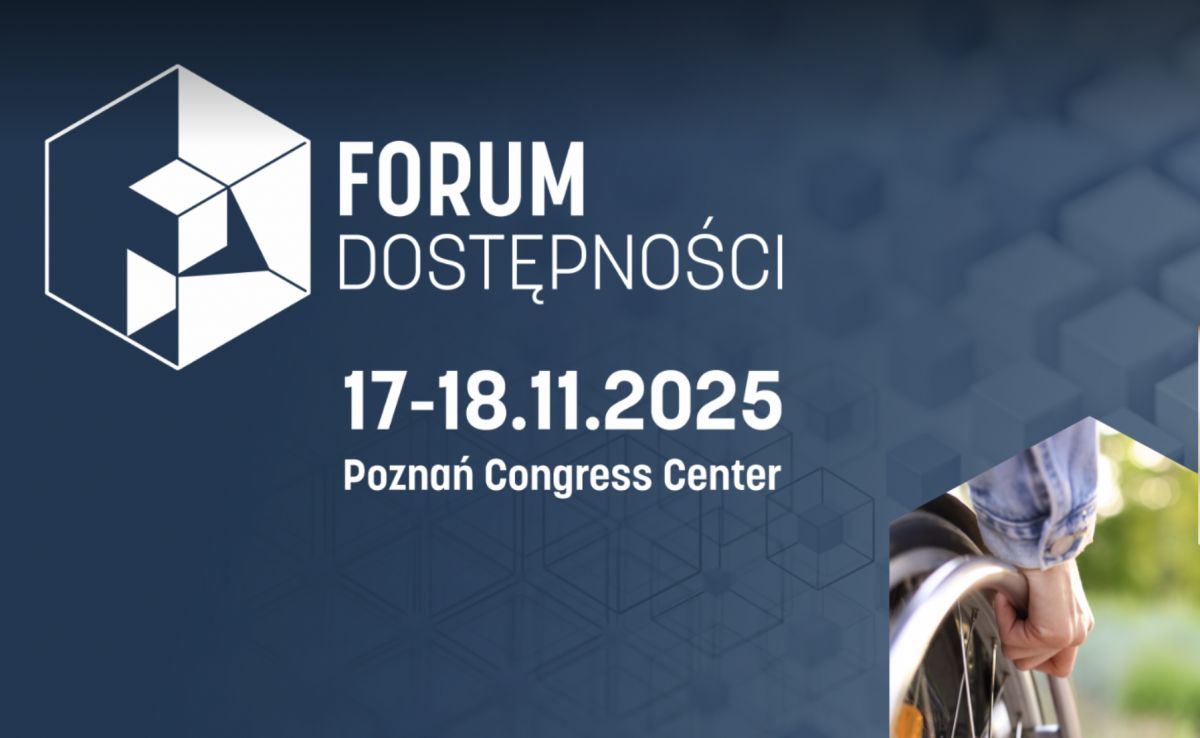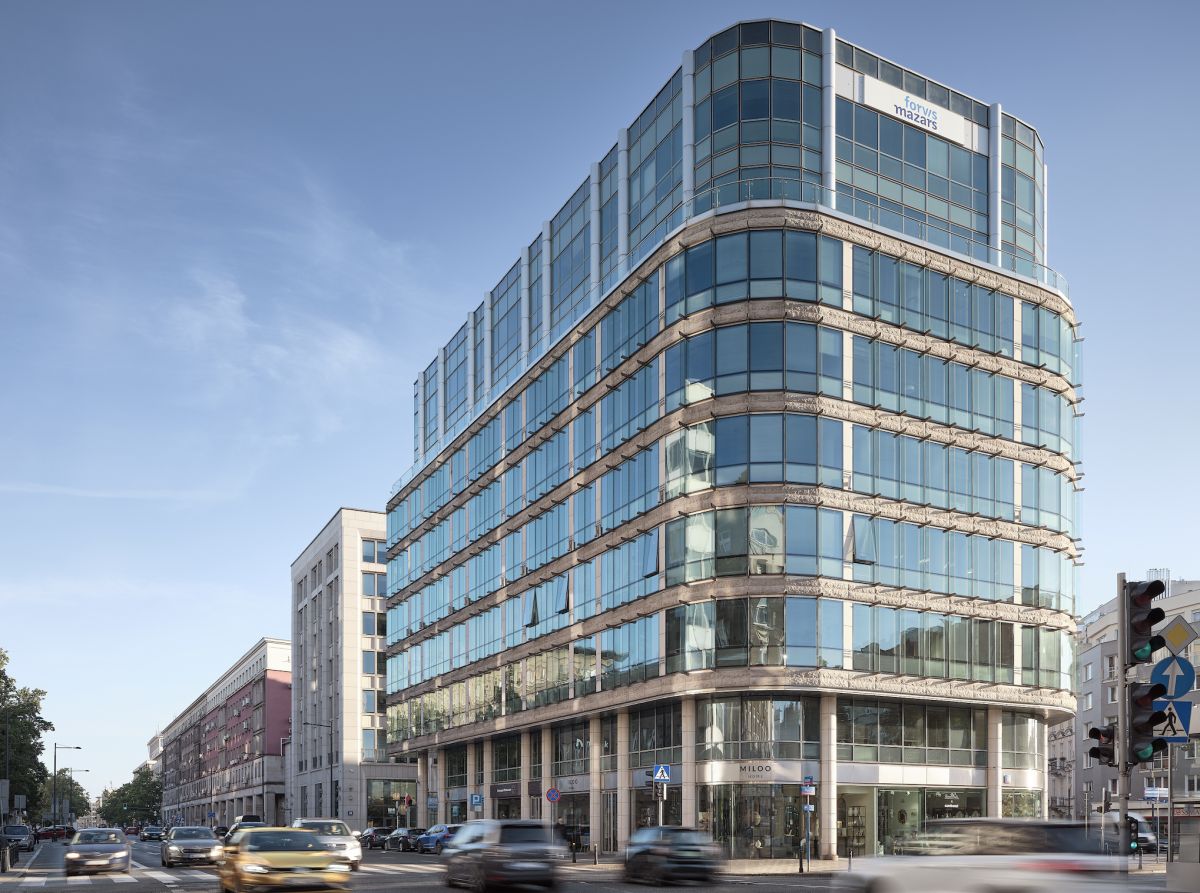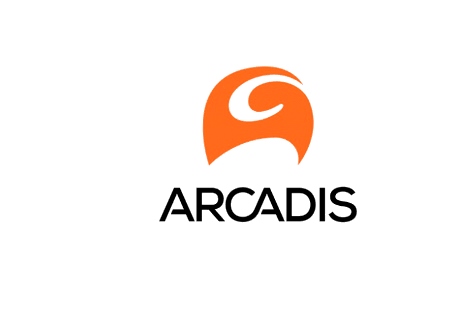Self-healing concrete moves closer to commercial reality
Innovative Construction Materials
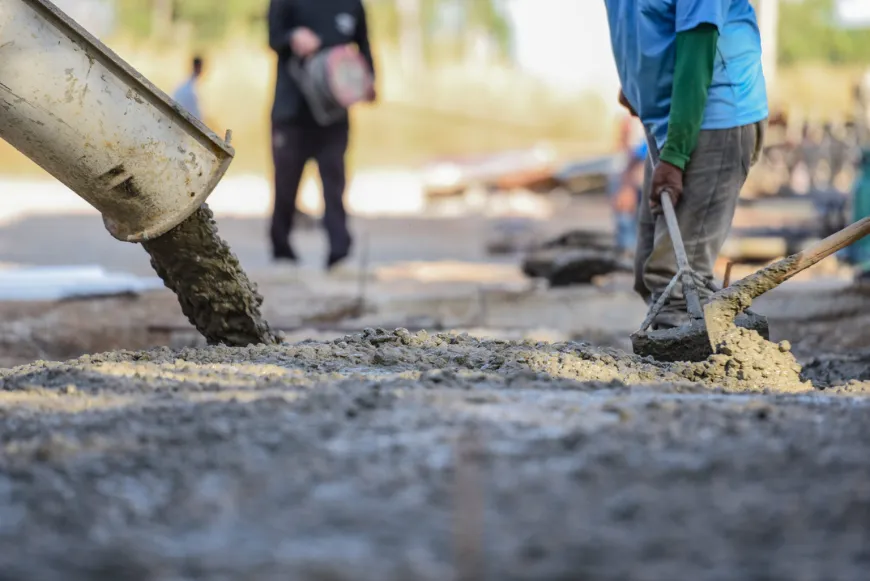
Self-healing materials are showing growing commercial promise, with concrete tipped as a key early adopter thanks to its widespread use and pressing need for long-term durability. That’s according to a new report by IDTechEx, which finds that biological self-healing technologies are gaining traction as a solution to microcrack formation, corrosion and the high lifecycle costs of traditional concrete.
In their latest study, Self-Healing Materials 2025–2035: Technologies, Applications, and Players, IDTechEx estimates that industrialised nations lose around 3% of GDP annually to issues such as corrosion and material degradation. Concrete, used in everything from roads to tunnels, suffers in particular from freeze-thaw cycles and microcracking that lead to structural damage and expensive repairs.
The report highlights bio-based systems—especially those using dormant bacteria—as the leading route to market. These systems activate when water enters a crack, prompting bacteria to consume calcium lactate and excrete limestone, effectively sealing the damage. Companies such as Basilisk are already piloting this technique with bacteria strains like Bacillus sphaericus and B. pseudofirmus, which remain viable for over 200 years.

